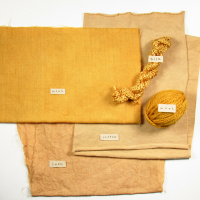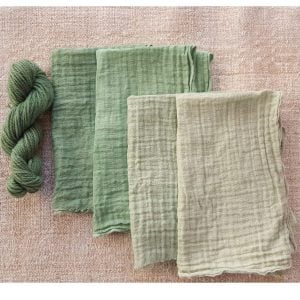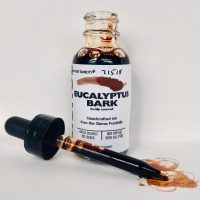Pomegranate Extract
Pomegranate extract (Punica granatum), is known as anaar in India and granado in Spain. It grows wild in India, Italy, North Africa and China. The pomegranate also serves as a symbol in many cultures. It is a common motif in Christianity, the fruit of choice on the Jewish holiday, Rosh Hashanah, and a recurring token in Greek and Roman mythology. It continues to serve a symbolic purpose in Greek culture, showing up in weddings, funerals, new home purchases, and the new year, serving as a symbol for abundance, fertility, and good luck. Some use pomegranate extract as both a tannin-rich … Read more







